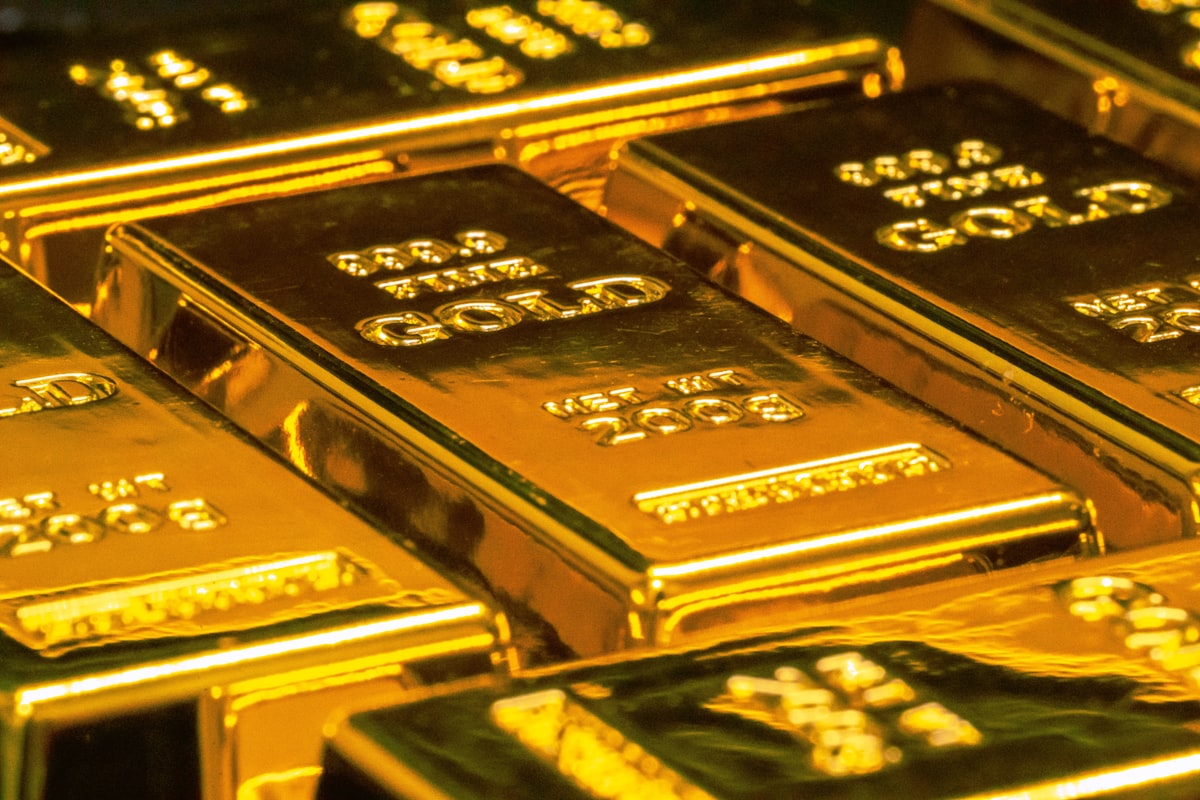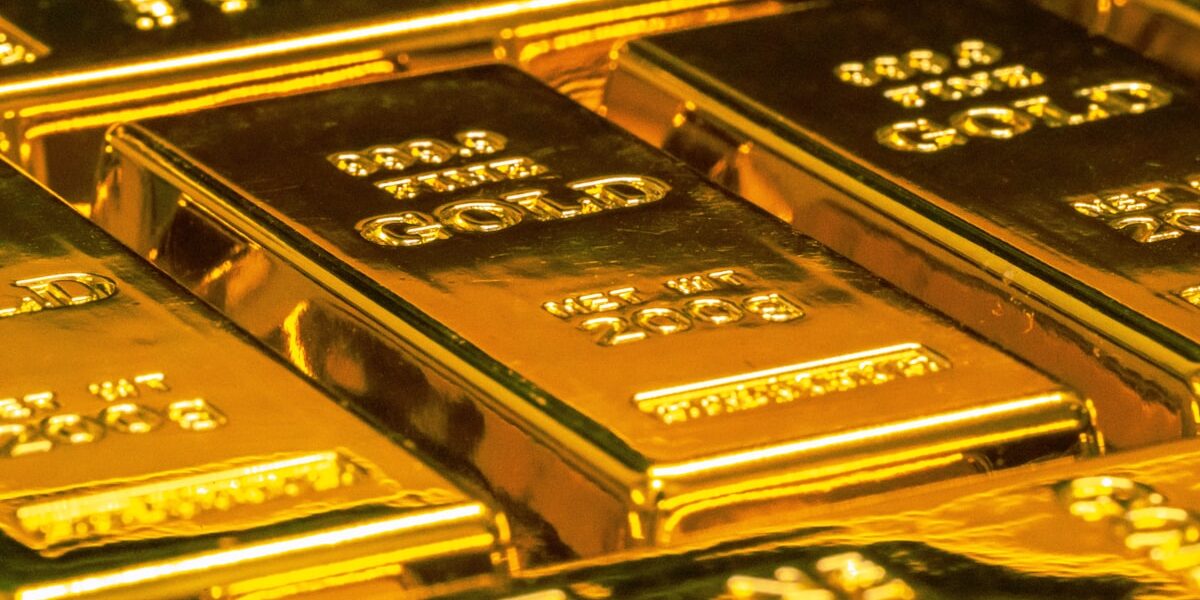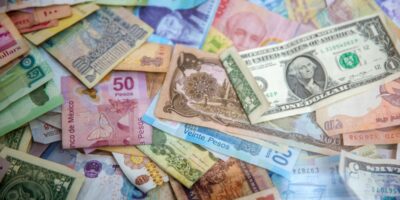How to Organize a Coin Collection
Organizing a coin collection can be a rewarding endeavor. It not only helps you manage your inventory but also enhances your appreciation for the collection. Whether you’re a novice or a seasoned collector, systematic organization makes a world of difference.
Start with Coin Identification

Before you start organizing, identify the coins you have. Examine each coin carefully. Look for distinguishing features such as inscriptions, mint marks, and dates. Use a magnifying glass for a closer look at the details. Once identified, note them down in a logbook or a digital spreadsheet.
Sort by Type and Origin
Begin sorting your coins by type. Determine if they are ancient, medieval, or modern. Categorize them further by country of origin. For instance, separate U.S. coins from European ones. This method creates a clear structure for your collection.
Grade Your Coins
Coin grading is an essential step. It helps in understanding the value of your collection. Learn and use the grading scale generally accepted by collectors. Typically, coins range from Poor (P-1) to Mint State (MS-70). Grading coins accurately requires practice and some study of the grading criteria.
Create a Record
Maintaining a record of your coin collection is crucial. Use a notebook, spreadsheet, or specialized software. Document details such as type, date, grade, and any other notable features. Include photographs of each coin if possible. A well-maintained record aids in tracking your collection and its value.
Use Coin Holders
After sorting and recording, use coin holders to store your coins. These holders protect your coins from damage. They come in various forms such as flips, hard plastic holders, and capsules. Choose the type that best suits your coins and budget.
Label Your Holders
Labelling is an effective way to keep track of your coins. Each holder should have a label with key information. Include the coin’s type, date, and grade. This makes it easier to identify each coin at a glance.
Organize by Year and Mint
Next, organize your coins by year and mint mark. Coins from the same year but different mints often have variations in value. Grouping them this way provides a better overview of your collection’s diversity and worth.
Use Storage Boxes
For further organization, use storage boxes specifically designed for coins. These boxes usually come with compartments that can hold individual coin holders. Storage boxes are stackable and save space. They also provide extra protection against environmental damage.
Maintain a Climate-Controlled Environment
Coins are sensitive to environmental conditions. Store your collection in a climate-controlled environment. Avoid areas with high humidity, extreme temperatures, or fluctuating conditions. These factors can cause oxidation and damage to the coins.
Regularly Inspect Your Collection
Set a schedule to inspect your collection regularly. Look for signs of damage or environmental effects. This periodic inspection will help you catch potential problems early and take preventive measures.
Learn About Coin Varieties
Understand the different varieties within your collection. Variations in design, mint errors, and special editions add interest and value. Educate yourself on these aspects to enhance your appreciation and knowledge.
Join a Coin Collecting Community
Join local or online coin collecting communities. These groups provide support, share information, and occasionally offer opportunities to buy, sell, or trade coins. Engaging with other collectors helps you stay updated and enriches your collecting experience.
Refer to Catalogs and Guides
Utilize coin catalogs and guides. Publications like the “Red Book” for U.S. coins offer valuable information on coin values, varieties, and historical context. These references are indispensable in building and organizing a knowledgeable collection.
Continue Educating Yourself
Stay informed about numismatics. Read articles, watch videos, and attend workshops. Continuous learning keeps you updated on market trends and new discoveries in the field.
Evaluate Your Collection Periodically
Periodically evaluate your collection’s worth. Factors such as market demand, condition, and rarity influence value. Regular evaluations help you understand the progress and potential of your collection.
Invest in Security
Security is paramount for valuable collections. Consider investing in a safe or safety deposit box. Ensure your storage security aligns with the value of your collection. Also, consider insuring high-value coins to safeguard against theft or loss.
Plan for Growth
Anticipate that your collection will grow. Plan storage and organization strategies that allow for expansion. This foresight prevents disorganization and helps maintain an orderly and accessible collection.
Digital Solutions
Leverage digital tools for organization. Software specifically designed for coin collecting offers features like inventory management, valuation updates, and detailed record-keeping. These tools streamline managing large collections efficiently.
Set Collecting Goals
Define your collecting goals. Whether you aim to complete a specific set, focus on a particular era, or collect coins with historical significance, having goals guides your acquisitions. It also provides a sense of purpose and direction in your collecting journey.
Participate in Coin Shows and Auctions
Attend coin shows and auctions. These events offer opportunities to acquire rare coins, network with fellow collectors, and learn from experts. They also provide a platform to reassess your collection, noticing trends and opportunities in the market.
Stay Patient and Persistent
Coin collecting requires patience and persistence. Building an organized, valuable collection takes time. Stay dedicated to your process, and enjoy the journey of discovering and curating coins.
“`



Subscribe for Updates
Get the latest articles delivered to your inbox.
We respect your privacy. Unsubscribe anytime.